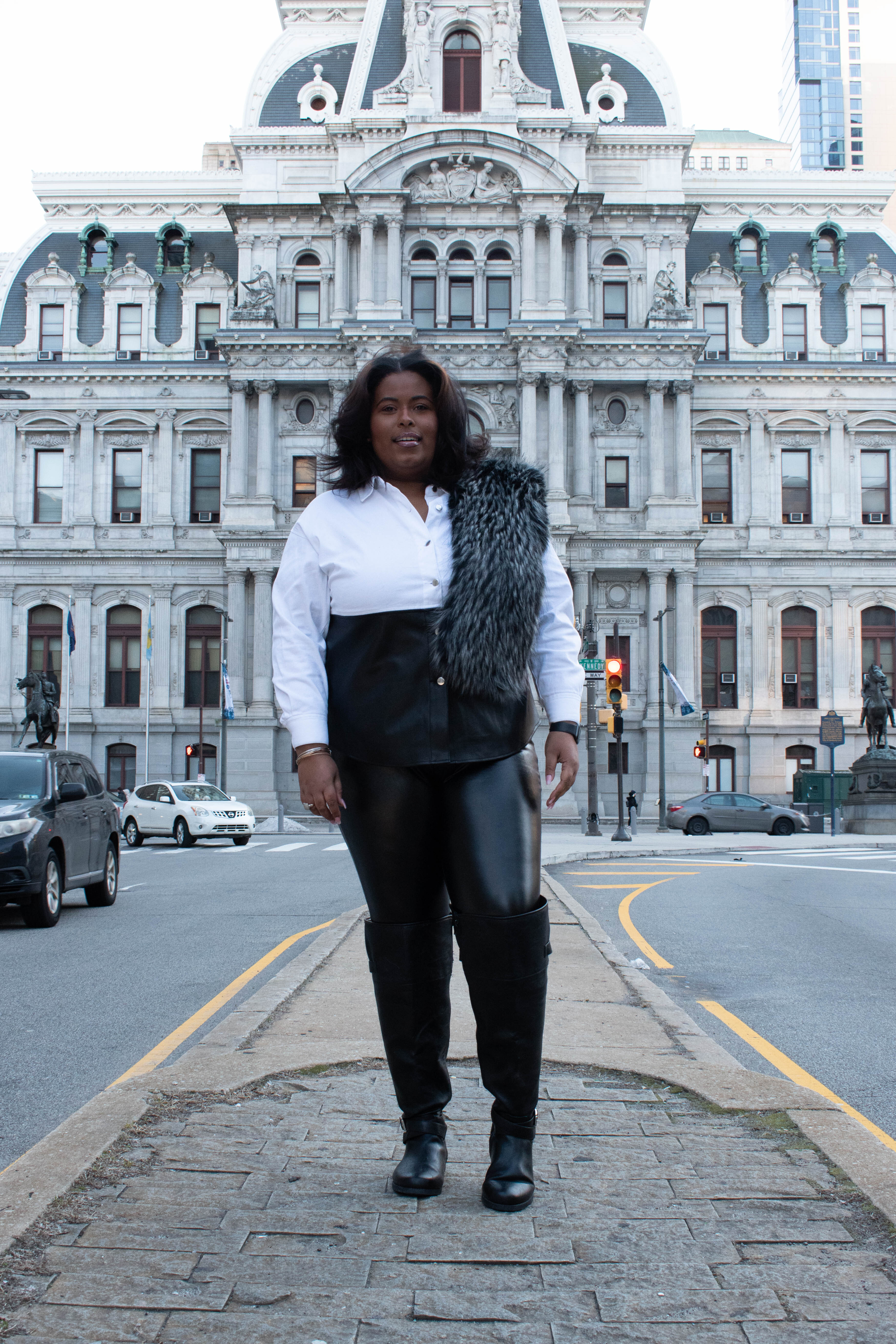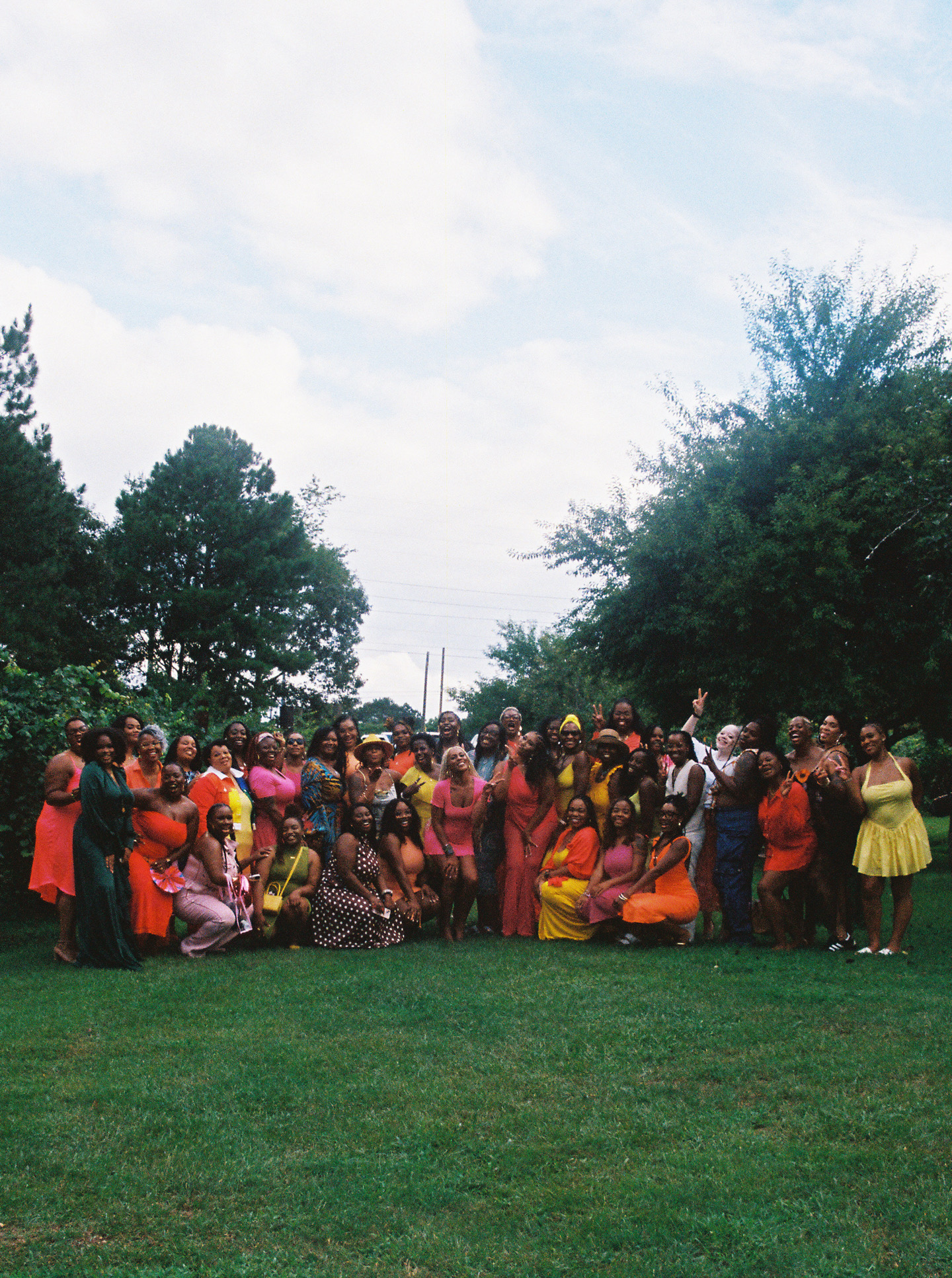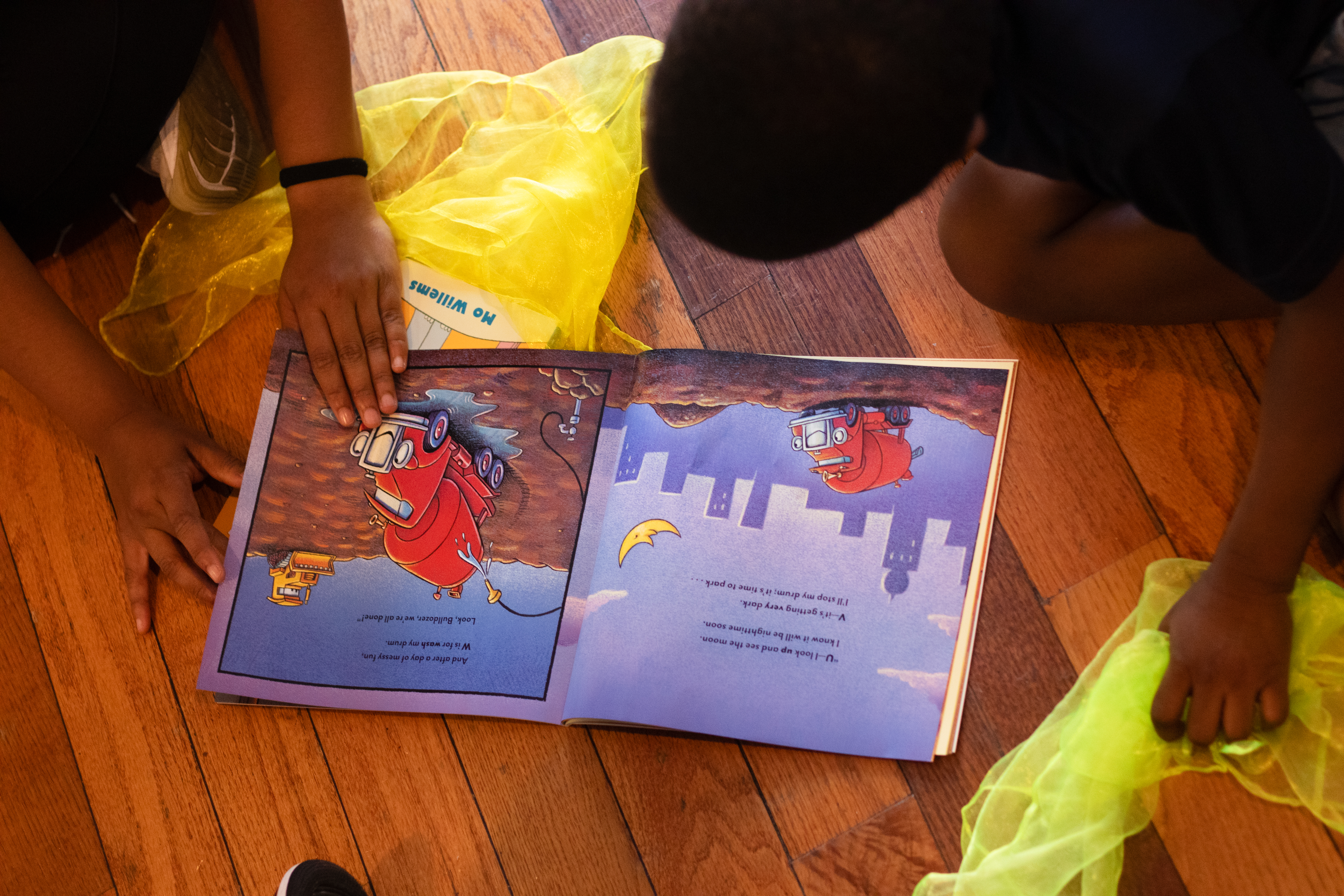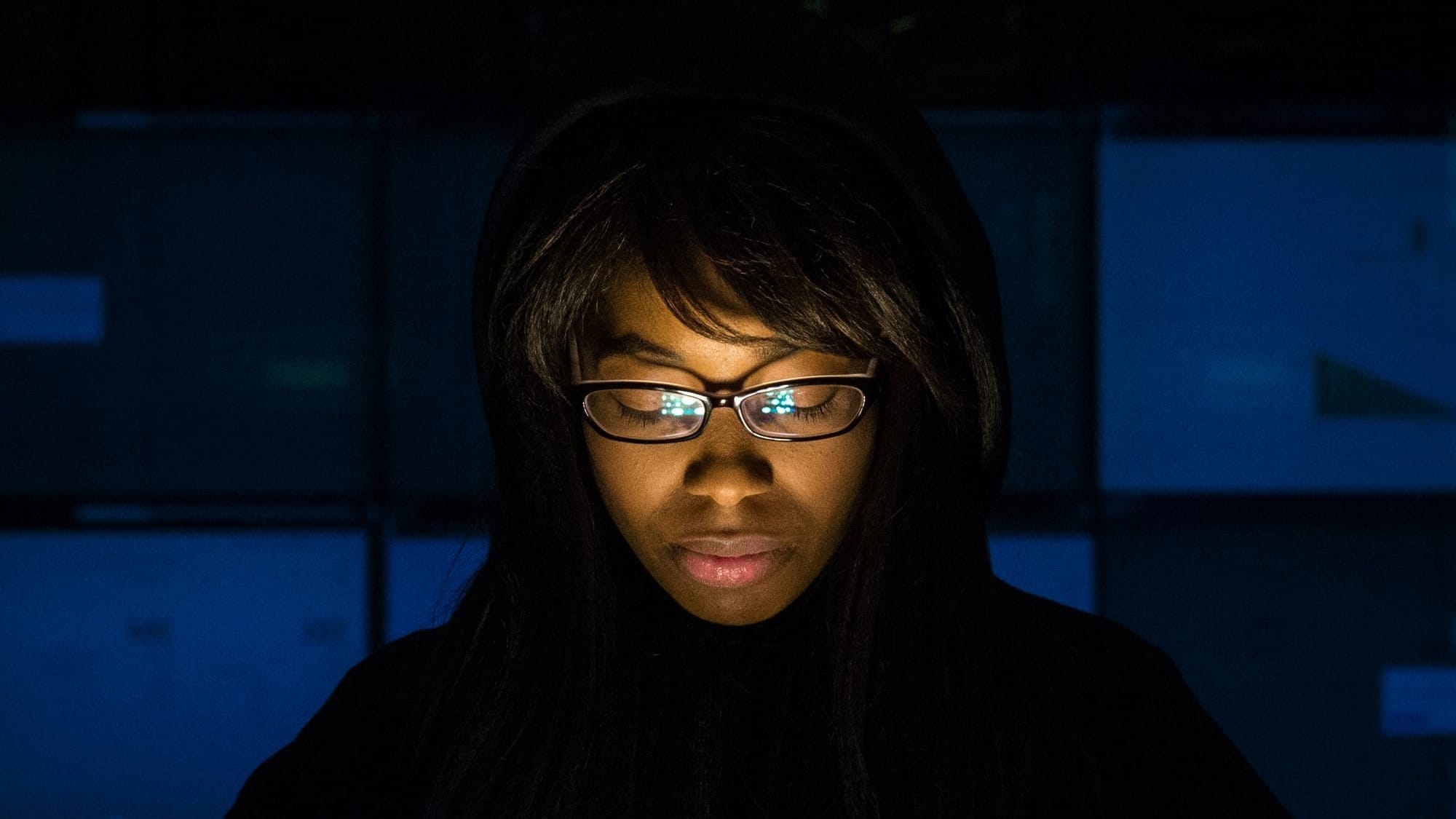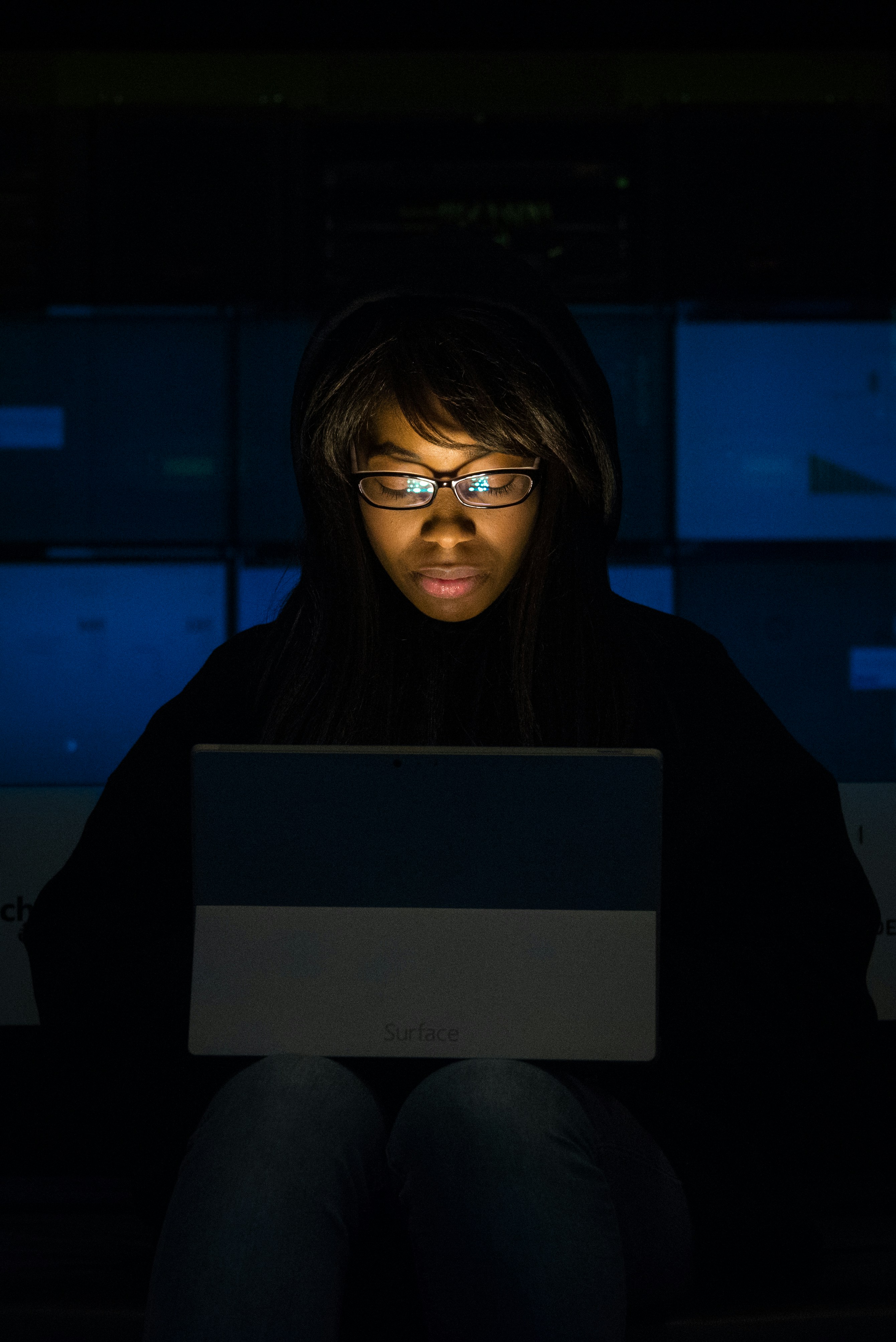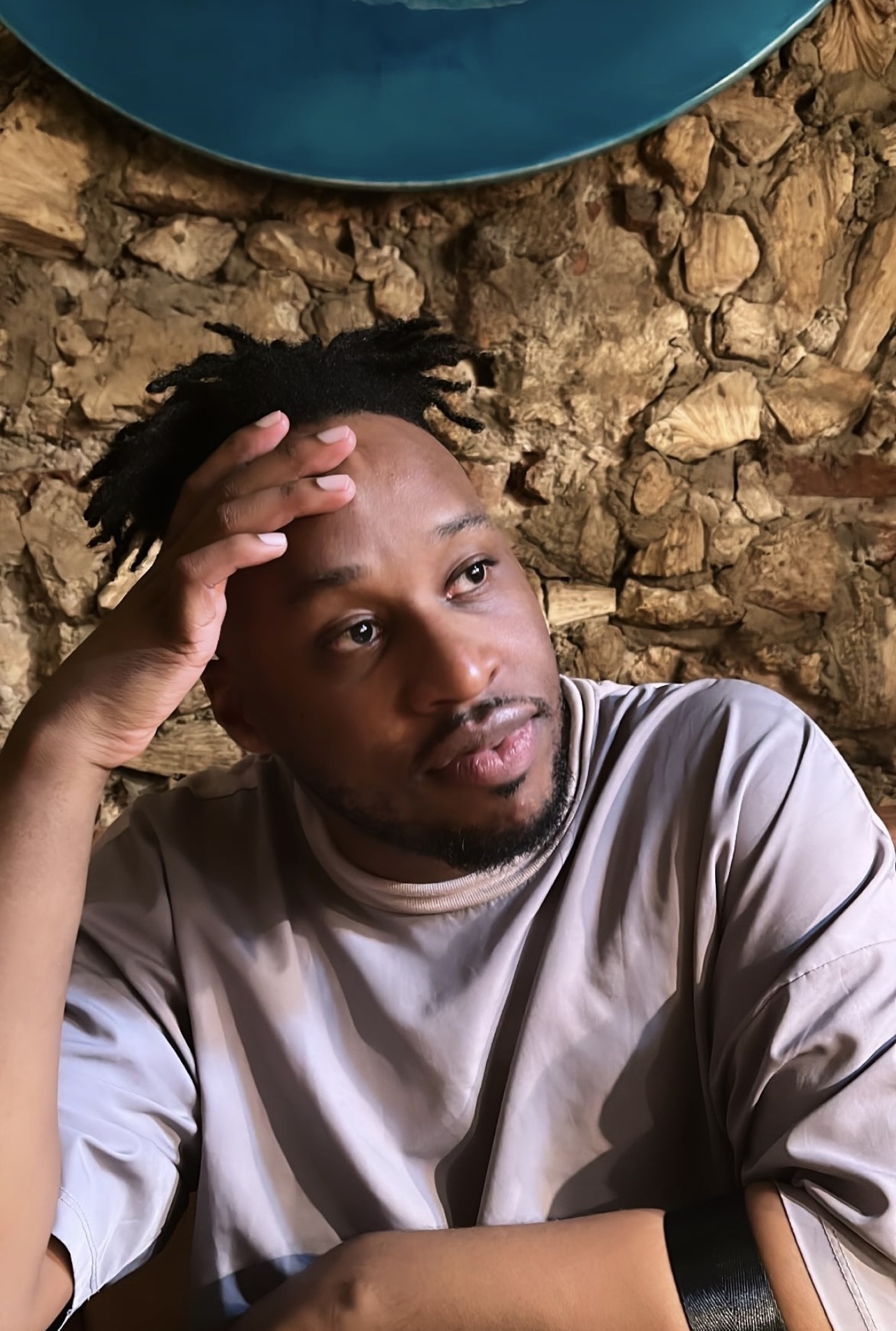Boxed In: Why do Black Boxers not get the recognition they deserve, but Rocky gets a statue?
I yelled out the window, "He’s not even real!" While riding with my best friend into downtown Philly, I was annoyed and frustrated as we passed the Rocky statue on the Benjamin Franklin Parkway.
I yelled out the window, "He’s not even real!" While riding with my best friend into downtown Philly, I was annoyed and frustrated as we passed the Rocky statue on the Benjamin Franklin Parkway. I was annoyed by traffic precisely because most of it was at the Rocky Statue. I yelled out of the window at the crowd fawning over a statue of this made-up boxer.
I realized my frustration stemmed from Philadelphia and America’s obsession with Rocky Balboa, a cinematic character turned cultural icon, put on a pedestal, and adored for almost 50 years. Yet the Black boxers from Philadelphia, many of whom inspired or paralleled Rocky’s story, are ignored.
Over the last five decades, Rocky’s scrappy Italian-American fighter persona has captured audiences as a symbol of resilience and determination. Philadelphia is a city of grit and passion, so I can see why Rocky's character has become engrained in Philadelphia’s history and immortalized by the statue at the base of the Philadelphia Museum of Art.
But the story of Rocky Balboa, told throughout six movies, is loosely based on real boxing figures like Joe Frazier and others, raising questions about representation. Joe Frazier is arguably the most infamous heavyweight boxer from Philadelphia, whose life mirrors Rocky's underdog story but is not given the cultural reverence he is due.
Boxing, specifically bare-knuckle fighting, has been popular in Philadelphia since the 1800s. During the 1940s, Philadelphia hosted eight heavyweight championship matches, putting it on the map as a Mecca for boxing, particularly Black boxing. In 1947, the Philadelphia Police Department created the Police Athletic League, a non-profit organization that aims to provide North Philadelphia youth an escape after school with sports and cultural programming. PAL’s boxing program is where esteemed Philadelphia boxers like Joe Frazier and Bennie Briscoe got their start.
Joe Frazier was one of Philadelphia’s most decorated boxers, holding the heavyweight title from 1970 to 73 and the Gold Medal for boxing in the 1964 Olympic Summer Games. Frazier is remembered for his three-fight series against Muhammad Ali in 1971, 1974, and 1975. He was only victorious in the 1971 bout at Madison Square Garden. In 2001, Fairmount Park and Fairmount Park Conservatory restored Boxer’s Trail, stretching 3.8 miles from East to West Park. Legend has it that when Muhammad Ali wanted to challenge Joe Frazier, he came to Boxers Trail because he knew he would find Frazier locked in.
In 1975, Frazier purchased the gym on North Broad Street, where he had been training since the 1960s, from an investor group and renamed it Joe Frazier’s Gym. Rocky was released in 1976. The gym served as a haven for youth in the area trying to escape poverty and the cold, drug-infested streets of Philadelphia in the 1980s. Systematic racism and the fact that Philadelphia is a hypersegregated city have led to a lack of recognition for Black athletes despite their excellence—Joe Frazier’s gym, which was a furniture store, is now abandoned.
The racism in boxing and sports media caused the story of real fighters to fall by the wayside, while Rocky’s fictional story was amplified. A few years ago, the Rocky Run was established on the Ben Franklin Parkway, with funds being donated to Special Olympics, which is undeniably an important cause but is misaligned with the history of Philadelphia. While visiting the Rocky Statue, you can buy swag with the fictional character at a container store at the bottom of the Art Museum steps.
The unanswered question is why the city (and country) doesn’t celebrate both the true stories of its Black boxing legends. The narrative of grit and resilience that resonated during the 70s, 80s, and 90s inadvertently sidestepped the authentic stories of Philly fighters. There are still boxing rings in Philadelphia Parks and Recreation centers like Happy Hallow and Martin Luther King Jr. Recreation Center. How would Philadelphia and the world view our hometown heroes differently if stories like Bernard Hopkins were given the same spotlight?
The role of boxing as a path to escape poverty and a source of pride in Black communities started in Philadelphia and can still be seen today. There are many independently owned boxing gyms like the Bozy Ennis Gym. Not only has he trained countless youths, a native of Philadelphia, but he is also a father who trained all three of his sons in the art of boxing. You may be most familiar with his youngest son, Jaron “Boots” Ennis.
Having real, tangible heroes means all the difference. It’s made a difference to me. After all, Rocky Balboa never changed my mom’s flat tire on Cresheim Valley Drive in an all-white outfit and autographed a wallet-size picture before pulling off. He didn’t provide a refuge for my homeboy and his brothers, who lived across from the Frazier gym on Broad Street. Nor did Balboa come down the street to play boxing with the kids. But Frazier did those things—you know, all the stuff that real-life heroes do.
The influence of these stories on young people in Philadelphia is paramount at such a critical time in its history. It’s time to bring back all the things that make Philadelphia a world-class city for all people.
We cannot mention Joe Frazier without mentioning the other unsung Black boxer heroes, such as Bennie Briscoe, Matthew Saad Muhammad, and others whose achievements were overshadowed. This list is not exhaustive, and there are so many real-life champions whose stories remain untold, so let’s drop their names below.
Bucky Davis
During ‘Rocky Week’ and beyond, we as a community need to discuss how to intentionally preserve our varied and rich legacies in the City of Philadelphia. Historians, authors, community members, and activists must work to honor Philadelphia’s rich Black boxing legacy.
